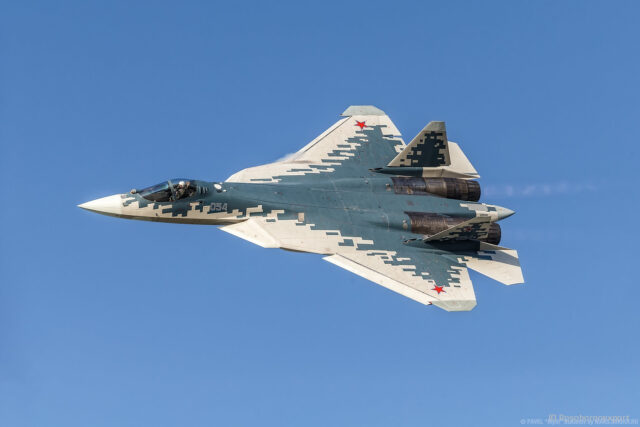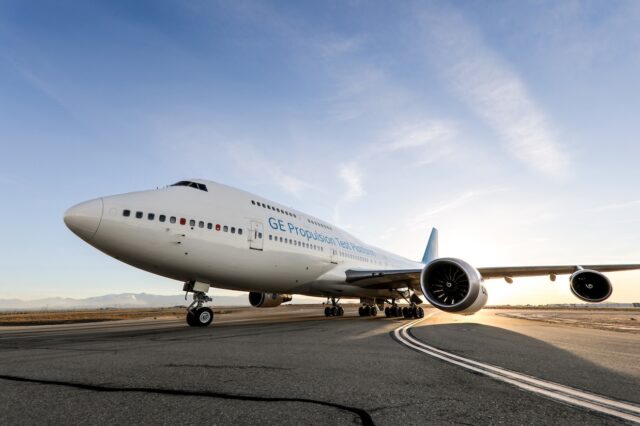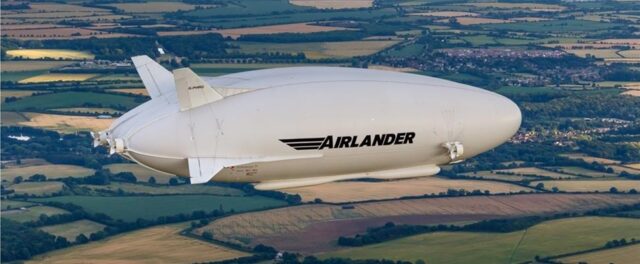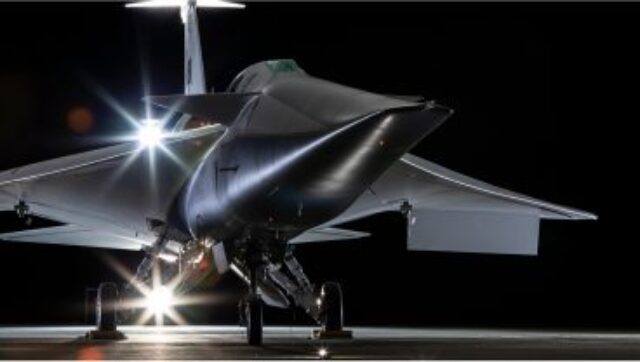Fleet growth recovering from COVID hit: report
The world’s commercial aviation fleet is projected to grow 28% over the next 10 years, expanding from today’s 28,400 aircraft to 36,400 by 2034. And, according to the Global Fleet…

The world’s commercial aviation fleet is projected to grow 28% over the next 10 years, expanding from today’s 28,400 aircraft to 36,400 by 2034. And, according to the Global Fleet and MRO Market Forecast 2024-2034 from consultancy Oliver Wyman, the maintenance, repair, and overhaul (MRO) sector will grow almost 3% in 2024, reaching $104 billion, and expand 1.8% annually on average through 2034.
“Having clawed its way back from COVID, the industry is finally out of recovery mode and on a growth trajectory,” said Oliver Wyman vice president Anthony DiNota. “Before COVID the fleet was slated to reach 39,000 aircraft by 2030. However, this won’t happen until 2036, with COVID wiping out six years of growth.”
Key findings include:
The industry has now matched its pre-COVID peak, but growth moving forward will be slower.
For the first time ever, India will overtake China as the industry’s growth leader, with the Indian fleet currently at about 600 planes expected to reach about 1,500 by 2034.
The global MRO market is expected to expand to $124 billion by 2034, partly on the back of maintenance issues impacting next-generation engines.
The industry is seeing relief from the pilot shortage; in North America, where the shortage has been the most acute, the gap between supply and demand will peak in 2026 at 24,000.
And, while sustainable aviation fuels have the capability to cut emissions between 50% and 80%, supply is insufficient to support the necessary growth in consumption required to achieve substantial reductions in aviation emissions.
Subscribe to the FINN weekly newsletter
















